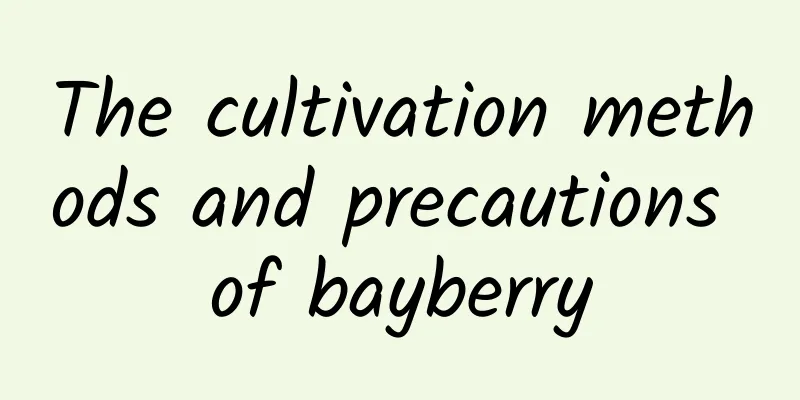Cultivation method of Dendrobium officinale

1. Maintenance methods1. Temperature: between 20 and 28 degrees is more suitable. A too hot environment is not suitable for it, especially when it is in the seedling stage, it is most sensitive to temperature. At this time, it must not be allowed to be in a too hot environment. In addition, its cold resistance is not good, and the temperature for wintering needs to be between eight and ten degrees. 2. Light: It is a plant that does not like sunlight very much. Wild Dendrobium officinale is generally found in moist and cool places. Therefore, there should be no strong light in any season, especially in the summer when the sunlight is very strong. It can provide a certain amount of diffuse light, but the sunshine time does not need to be too long. 3. Watering: After planting, you can use spraying to replenish moisture. After that, you can add water normally. When the growth is vigorous, water it once a day, and twice a day in very hot summer. It will be dormant in winter, so water control is required at this time. 4. Fertilization: Generally speaking, various types of foliar fertilizers are used, and they are sprayed once a week or ten days. In addition, foliar fertilization also needs to be carried out at the same time. 2. Breeding techniques1. Reproduction: You can use the cutting method, which can be done together with the repotting step. Choose fleshy stems as the material and cut them into several small sections, each with at least two to three nodes. You can first treat it with wood ash and then plant it. Then place it in a semi-shaded, humid place. After one or two months, new shoots will begin to grow. 2. Pruning: For all varieties of Dendrobium, the best density is about 60%. Therefore, the regenerated parts need to be pruned frequently to avoid excessive shade. Generally speaking, it is more appropriate to cut off the diseased and weak stems in spring. 3. Problem diagnosis and treatment1. Diseases: The most common one is "black spot disease", which is the most harmful to young leaves and can be controlled with Bordeaux liquid. There is also "anthracnose", which can be controlled by carbendazim. 2. Pests: The two most common pests are "non-shield scale insects" and "snails", which may occur many times a year. The former can be controlled with dimethoate emulsifiable concentrate, while the latter can be controlled with quicklime. IV. Other issues1. Toxicity: It is not poisonous. 2. Flower language: Dendrobium officinale also has flower language, which is "strong character" and "loyal and amiable", which has good meaning. |
<<: Cultivation method of Hovenia dulcis
>>: Cultivation method of cinnabar root
Recommend
She picked up the flowers that others threw away, and in less than a month, her flowers went from bald to full-blown!
Aloe Vera 1. Rinse the roots Usually, aloe vera i...
Can the leaves of freesia be cut?
1. Can I cut it? Of course, the leaves of freesia...
Does hibiscus prefer shade or sun?
Does hibiscus prefer shade or sun? Hibiscus is ea...
How to prune grapes and the best time and method for pruning
Grape pruning time It is more suitable to prune g...
Cultivation methods and precautions of Xiaopan Bodhi
Xiao Pan Bodhi is very easy to maintain because t...
Cultivation methods and maintenance of old hackberry piles
Cultivation method of old hackberry stump 1. Temp...
You don’t have to grow any other flowers in autumn, except this kind. Even 100 pots are not too many!
How to propagate chrysanthemums by cuttings? ① Ch...
The meaning and symbol of baby's breath
1. Really like it Gypsophila paniculata is a very...
What are the cultivation methods and precautions for potted pomegranates?
How to grow pomegranate in pot Pomegranate is a d...
When is the best time to plant green vegetables? Which months are suitable for planting in the south?
The planting time of southern green vegetables is...
Can jackfruit be grown in Guangxi?
Can jackfruit be grown in Guangxi? Jackfruit requ...
When to water apricot trees in spring
1. Watering time There is no fixed time for water...
How to prune hydrangeas
Hydrangea , also known as hydrangea, is favored b...
Cultivation methods and precautions of red lotus
Red lotus is relatively easy to grow and the main...
The growing environment and local conditions of holly
Holly Growth Environment and Conditions Holly lik...









